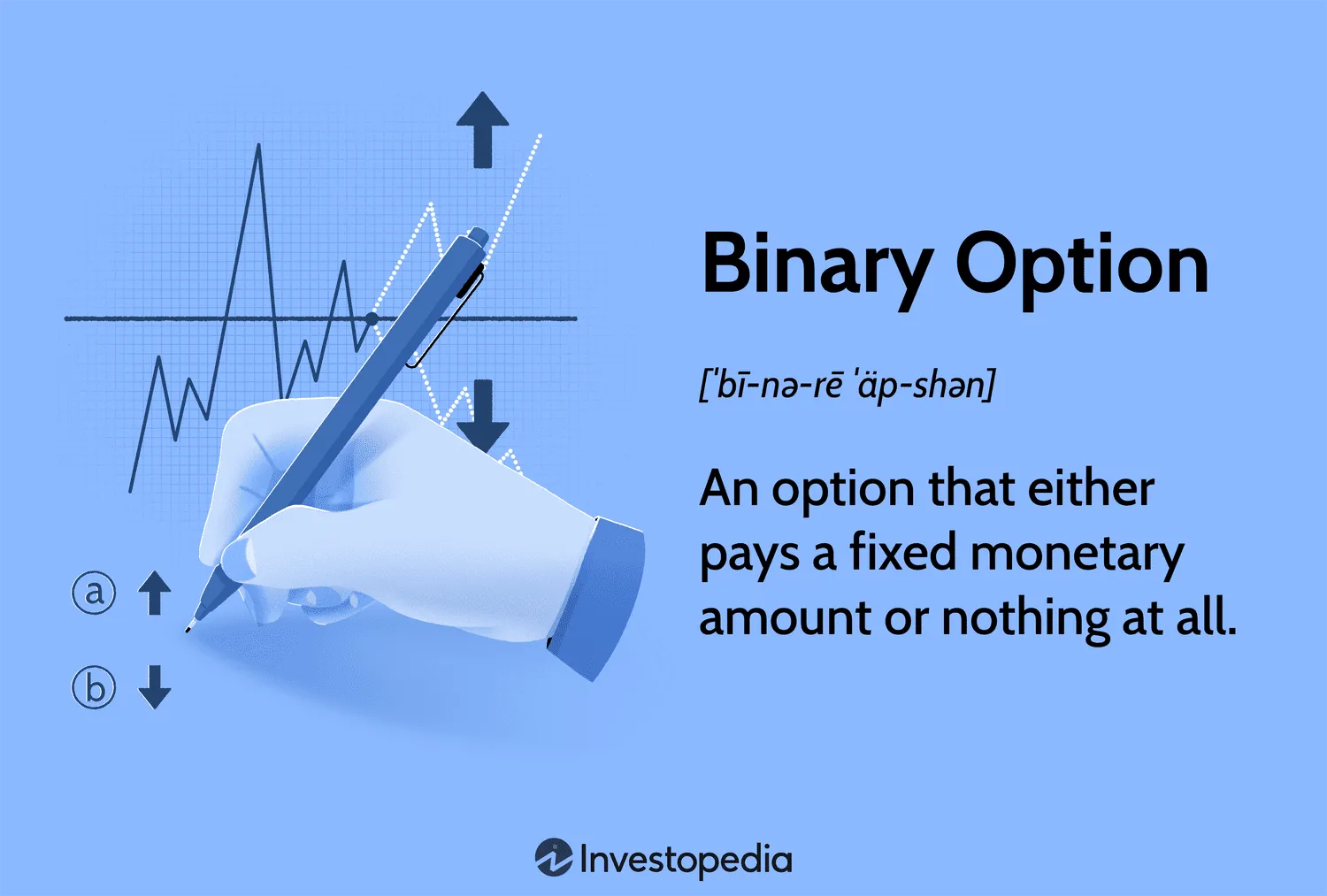The stock market has always been a rollercoaster of emotions—fear, greed, hope, and despair. While some investors thrive on optimism and bold risks, others take a cautious, often critical approach. This cautious mindset is known as the Stock Market Pessimist perspective. Rather than blindly chasing market trends, pessimists analyze risks, anticipate downturns, and prepare for worst-case scenarios.
In this article, we will dive deep into the traits of a stock market pessimist, explore how their skepticism influences decision-making, and uncover why this approach is sometimes the smartest way to invest in 2025.
What Does It Mean to Be a Stock Market Pessimist?
A stock market pessimist is not necessarily a doomsayer predicting financial collapse at every turn. Instead, they embody a mindset of caution, risk-awareness, and defensive investing. Unlike eternal optimists who believe markets always bounce back quickly, pessimists understand that downturns can be prolonged and brutal.
This worldview often shields them from reckless investing habits, making them better prepared when the market crashes.

The Psychology Behind Market Pessimism
Stock market psychology plays a crucial role in how investors make decisions. Pessimists are often:
- Risk-sensitive – They evaluate potential downsides before considering gains.
- Contrarian thinkers – While others chase hype stocks, they analyze fundamentals.
- Long-term cautious – They expect that market bubbles eventually burst.
Interestingly, the power keyword “unstoppable strategies” applies here because many stock market pessimists develop unstoppable strategies for risk management, ensuring they never lose everything, even in a downturn.
The History of Stock Market Pessimists
Throughout history, many legendary investors were branded pessimists because of their skeptical outlook.
- Warren Buffett (though known as optimistic long-term) often warns against overhyped stocks.
- Michael Burry predicted the 2008 housing market crash when most ignored the signs.
- Nouriel Roubini consistently raises alarms about global financial risks.
Their skepticism has often paid off when markets collapsed, validating the stock market pessimist mindset.
Why Stock Market Pessimists Matter in 2025
The year 2025 is shaping up to be unpredictable for global markets due to inflationary pressures, geopolitical conflicts, and rapid shifts in technology. In such times, the stock market pessimist mindset is crucial because:
- Inflated tech valuations could burst anytime.
- Global debt crises may trigger unexpected recessions.
- AI-driven volatility could cause sudden market swings.
Pessimists don’t just prepare for the best—they prepare for the worst.
Key Traits of a Stock Market Pessimist
1. Always Preparing for a Bear Market
Pessimists expect corrections and crashes. This makes them allocate assets defensively.
2. Focus on Fundamentals Over Hype
They don’t invest in “hot stocks” blindly; instead, they study financial health, revenue, and debt levels.
3. Preference for Safe Assets
Bonds, gold, and dividend-paying stocks appeal to them more than speculative crypto or meme stocks.
4. Conservative Risk Tolerance
They would rather miss out on gains than suffer catastrophic losses.
5. Long-Term Survival Focus
Instead of chasing overnight wealth, they prioritize wealth preservation.

Advantages of Being a Stock Market Pessimist
- Reduced Exposure to Market Bubbles – Avoids hype-driven losses.
- Better Risk Management – Pessimists diversify portfolios carefully.
- Preparedness for Downturns – Their cautious approach minimizes shocks.
- Disciplined Investing – Emotions rarely cloud their judgment.
- Survival in the Long Game – In the stock market, staying in the game is everything.
Criticisms of the Stock Market Pessimist
Of course, there are downsides. Pessimists can be:
- Too conservative, missing profitable opportunities.
- Overly skeptical, leading to analysis paralysis.
- Risk-averse to the point of stagnation.
However, when markets collapse, their caution often looks wise in hindsight.
Balancing Optimism and Pessimism in Investing
The best investors blend both perspectives:
- Optimists drive innovation and growth.
- Pessimists protect wealth and avoid traps.
Striking the right balance allows investors to pursue opportunities while minimizing risks.
How to Think Like a Stock Market Pessimist
If you want to adopt a stock market pessimist mindset, here are steps:
- Do your research – Study company fundamentals.
- Diversify wisely – Avoid putting all eggs in one basket.
- Expect downturns – Always keep a cash reserve.
- Plan for the long haul – Short-term gains often come with high risks.
- Stay emotionally disciplined – Fear and greed kill investors.
Stock Market Pessimist vs. Stock Market Optimist
| Trait | Pessimist | Optimist |
|---|---|---|
| Risk-taking | Low | High |
| Reaction to hype | Skeptical | Excited |
| Asset preference | Bonds, gold, stable stocks | Growth stocks, startups |
| Market outlook | Expect downturns | Believe in endless growth |
| Investment style | Defensive | Aggressive |
Both are essential forces shaping global markets.

Conclusion: Why You Should Pay Attention to the Stock Market Pessimist
The stock market pessimist may seem overly cautious, but in times of global uncertainty, their mindset becomes invaluable. By recognizing risks, avoiding hype, and focusing on fundamentals, they protect their wealth while others chase risky trends.
In 2025 and beyond, blending the insights of pessimists and optimists will be the smartest strategy for survival and success in investing.





